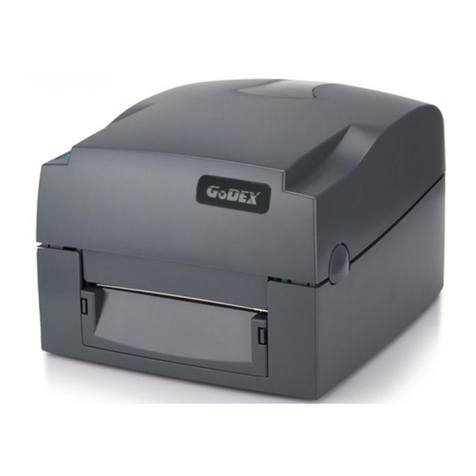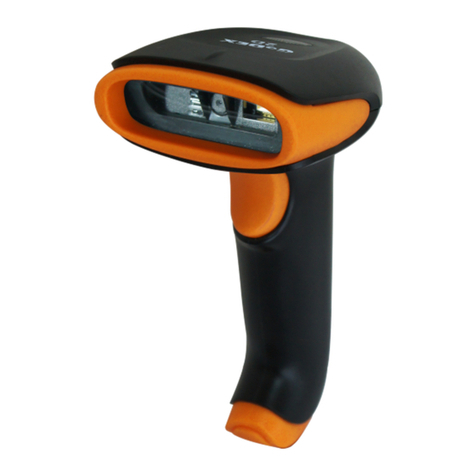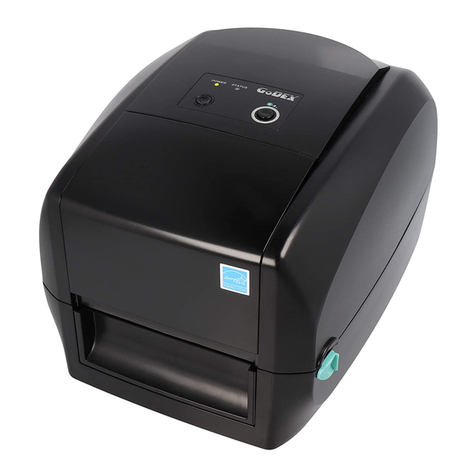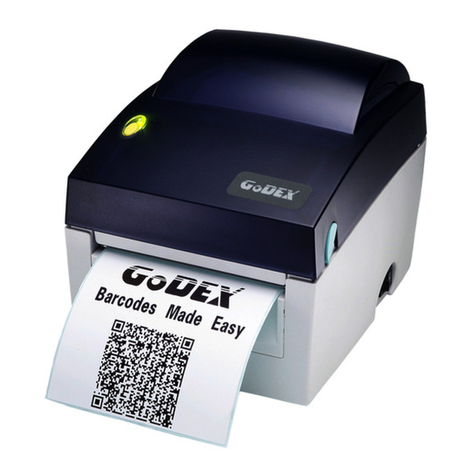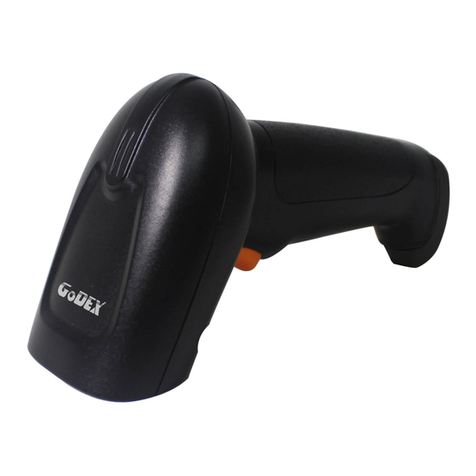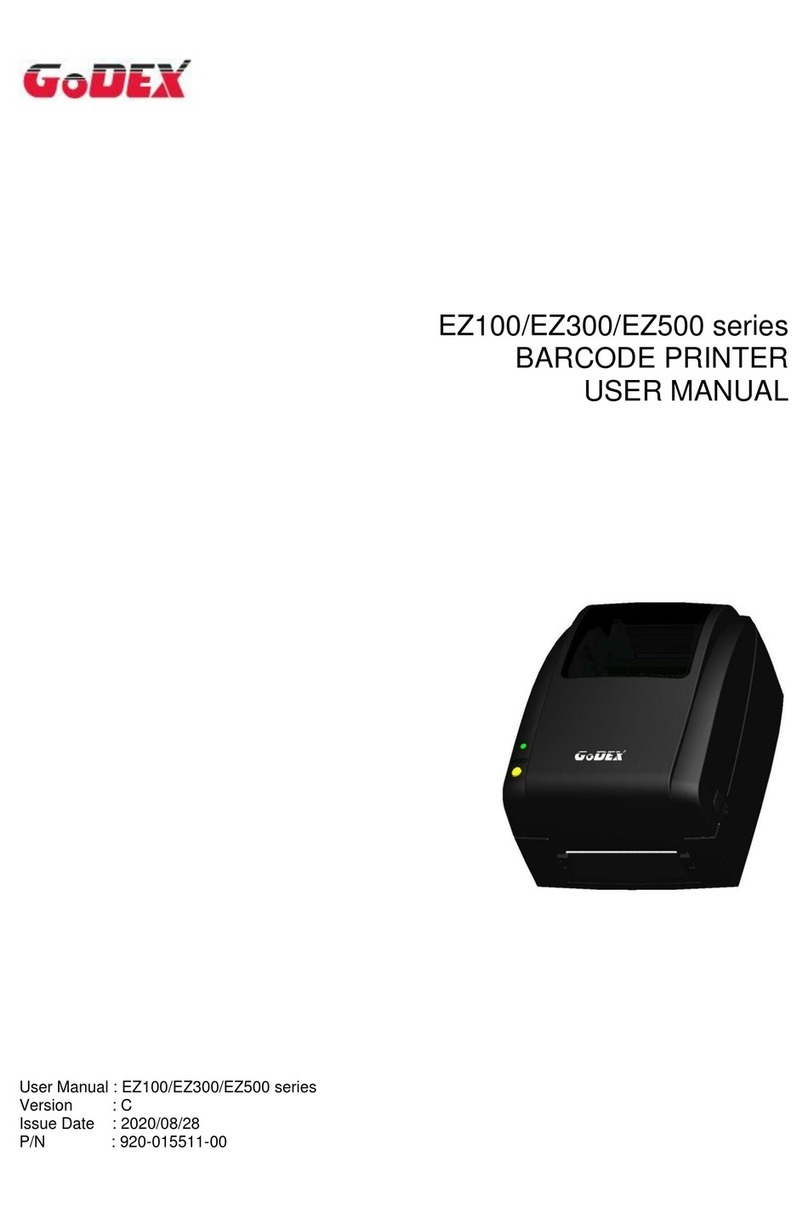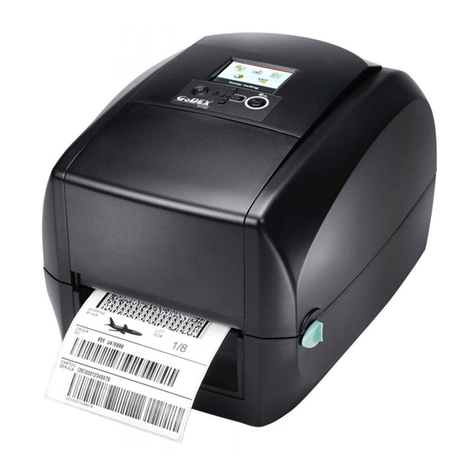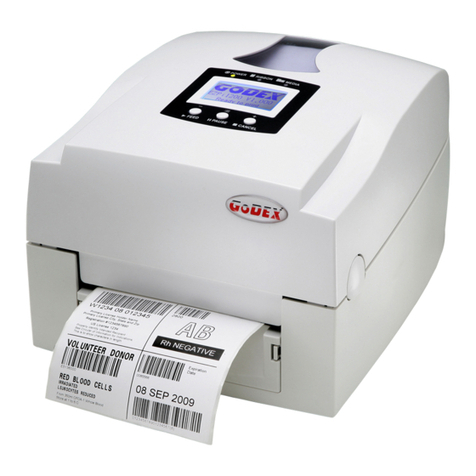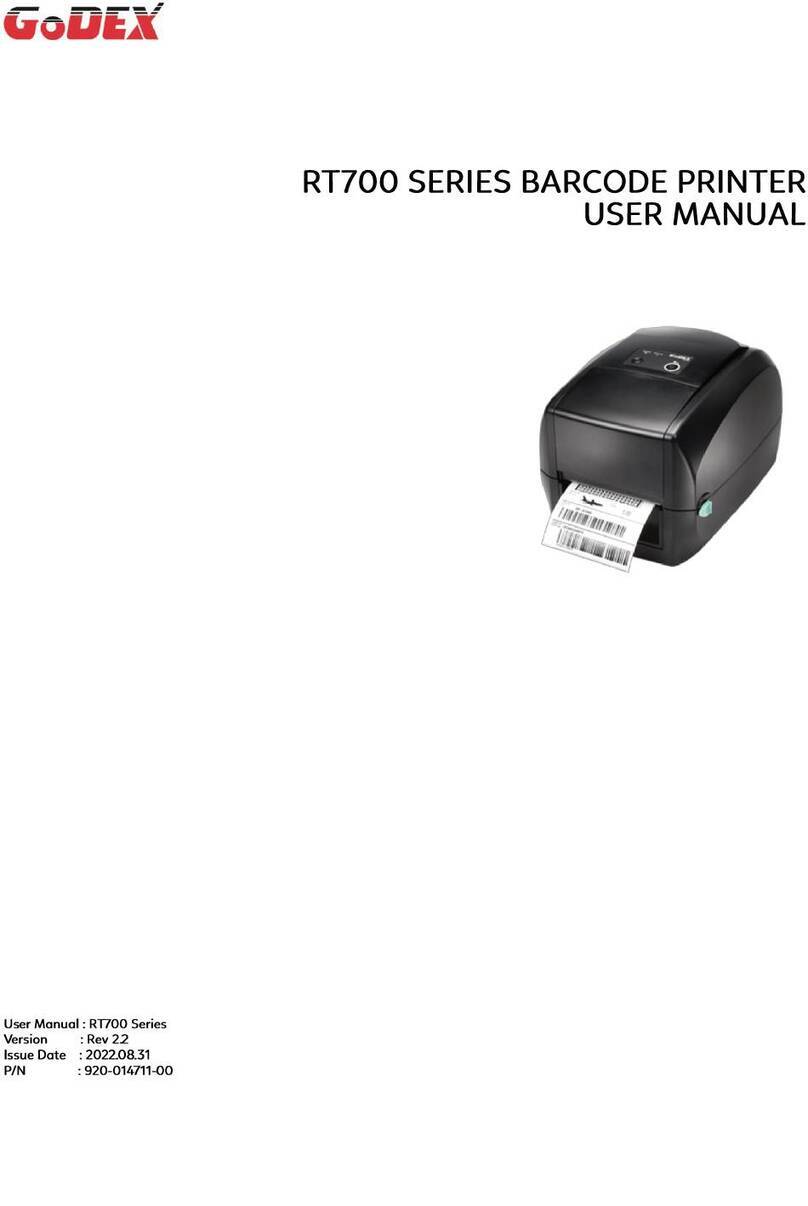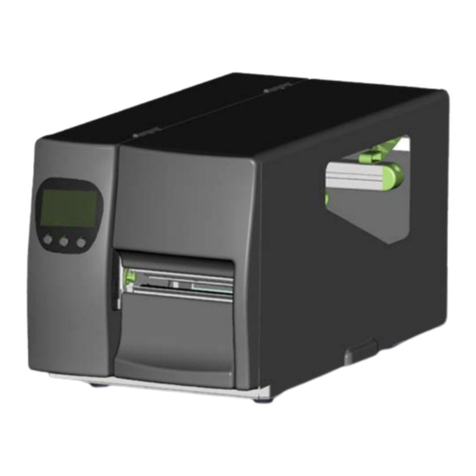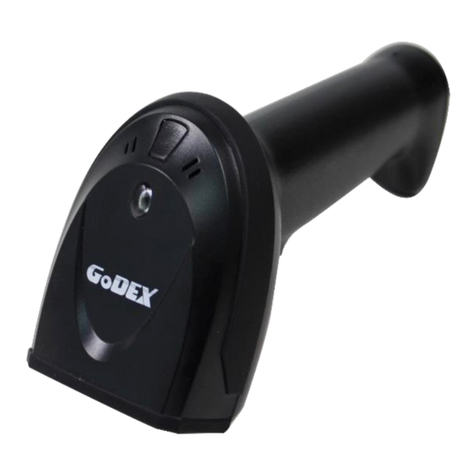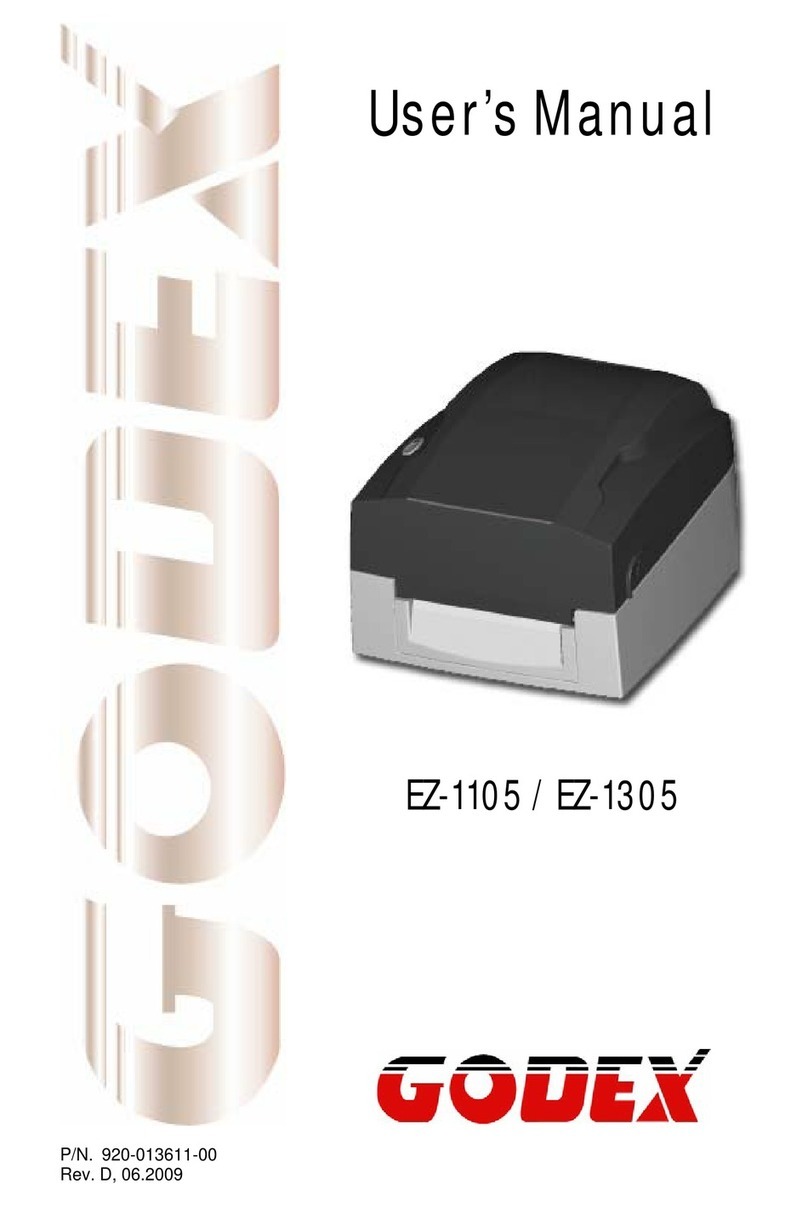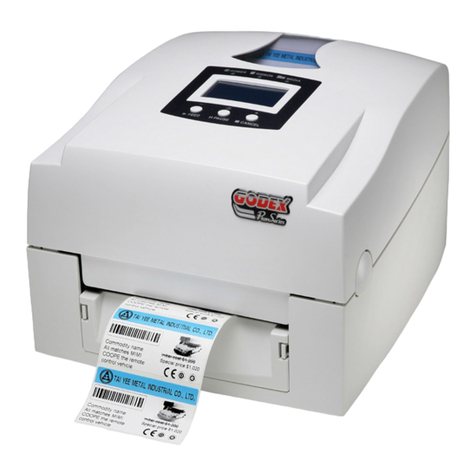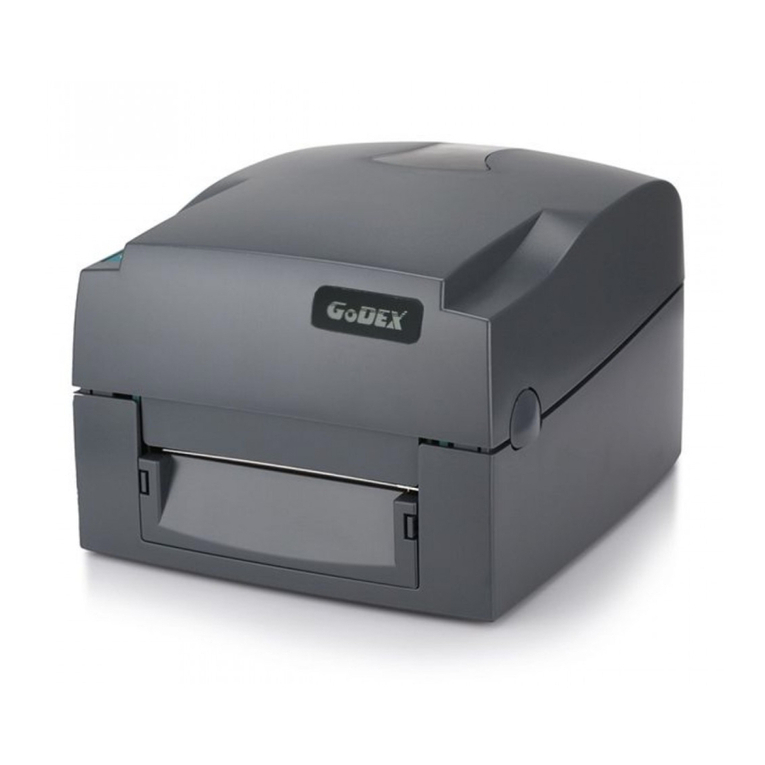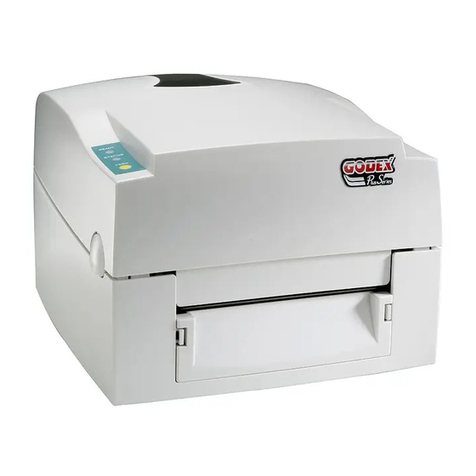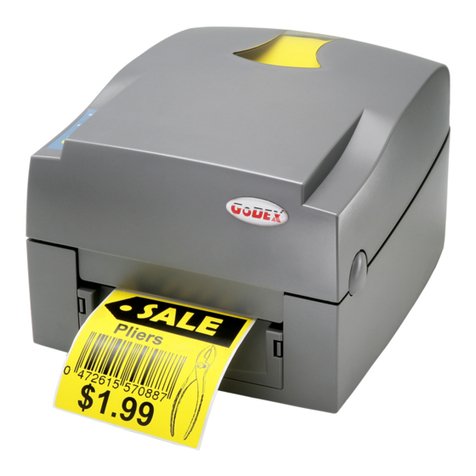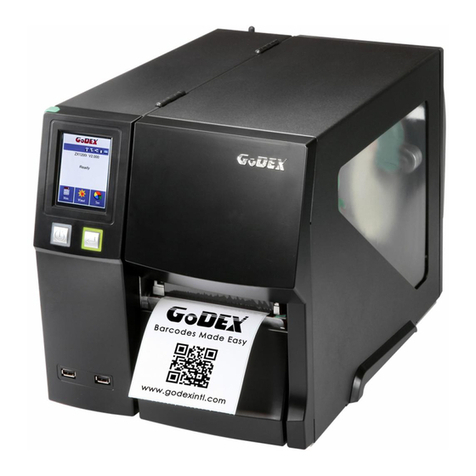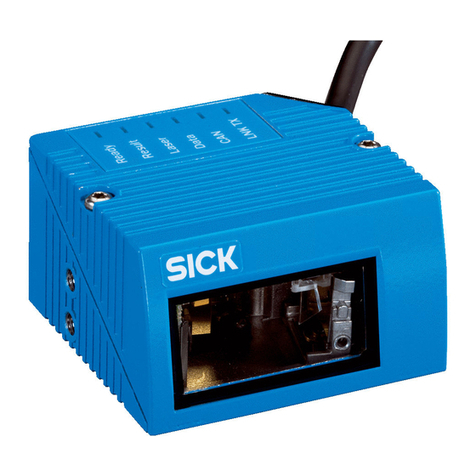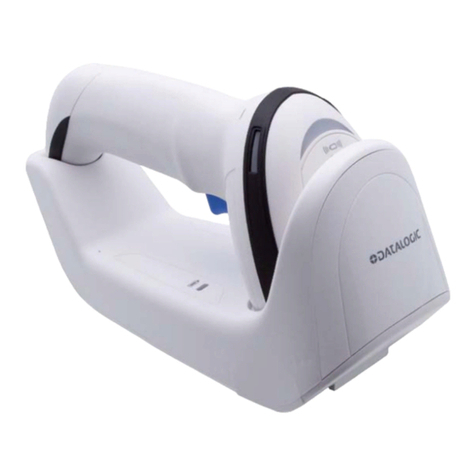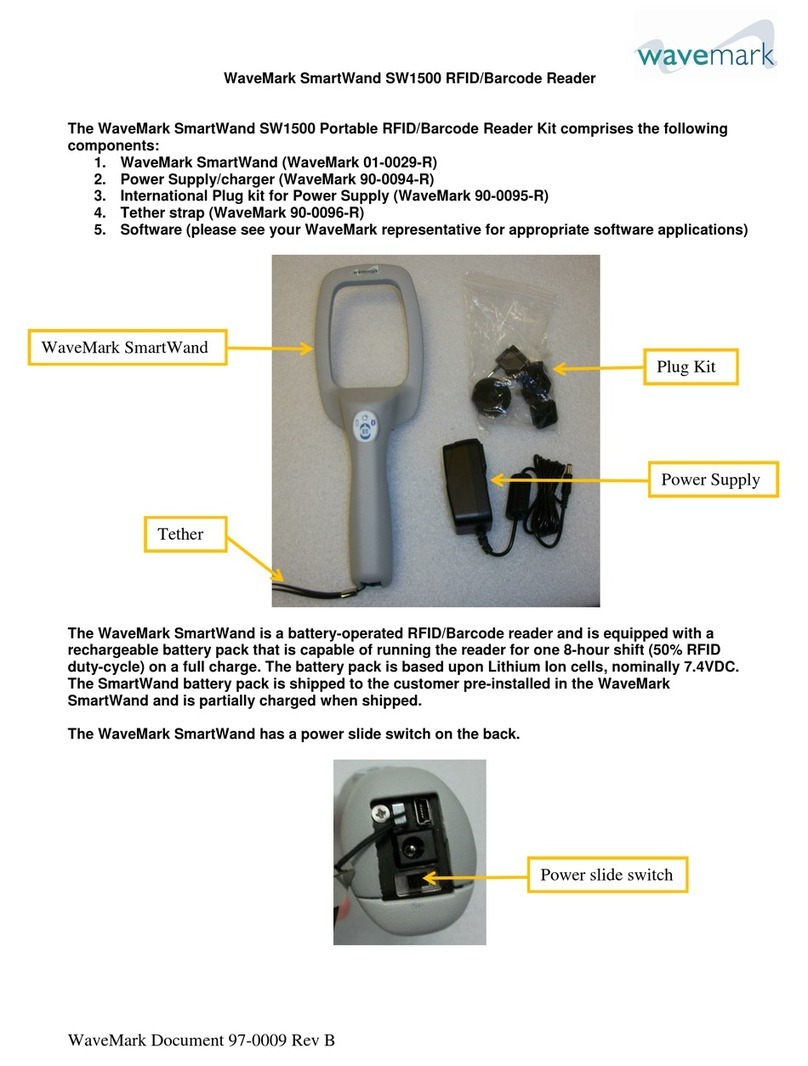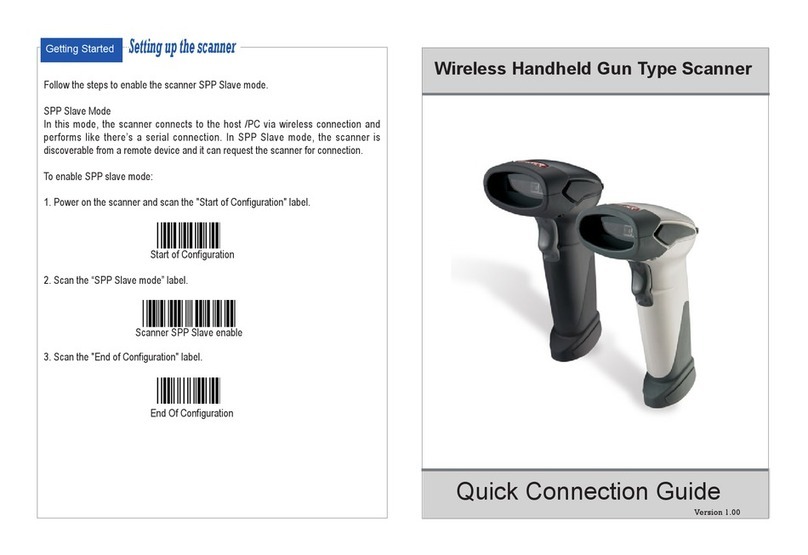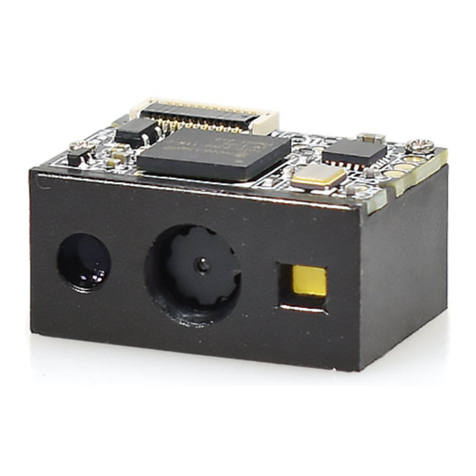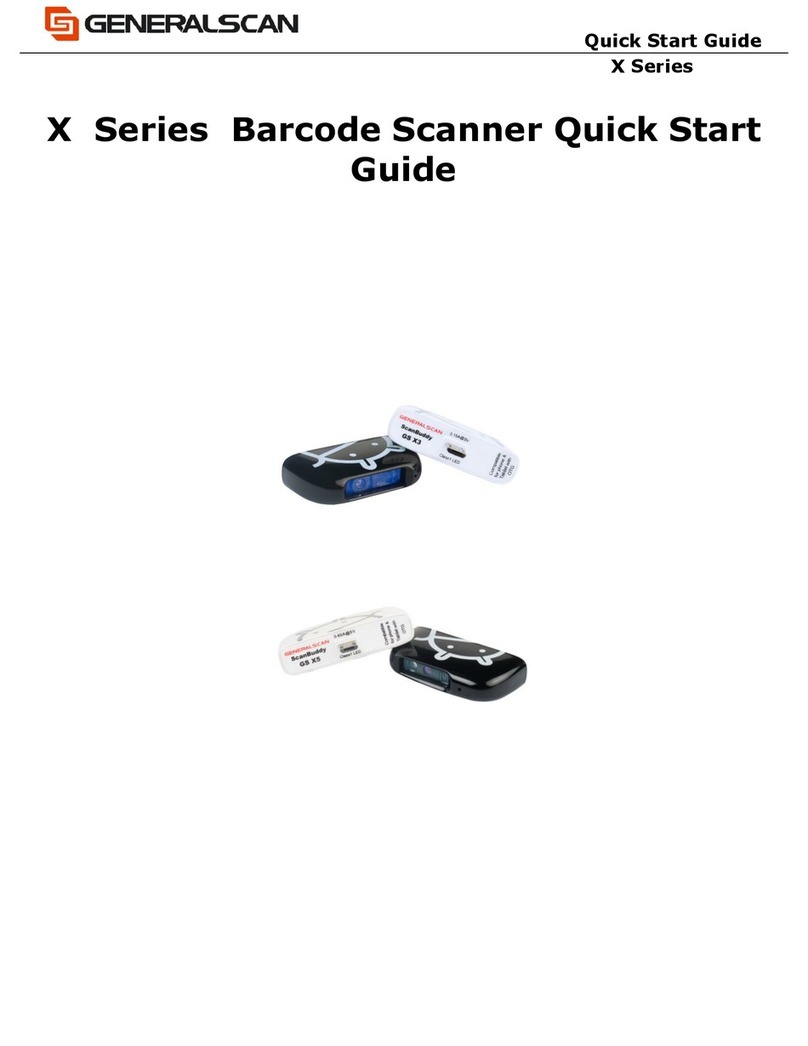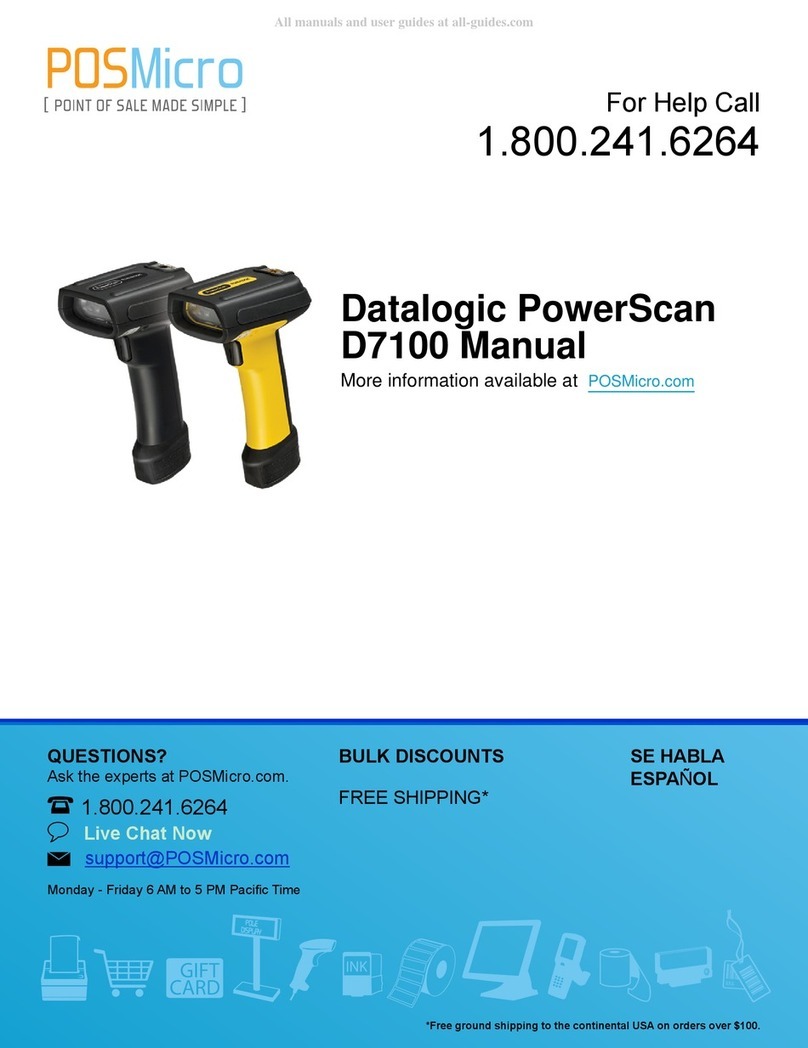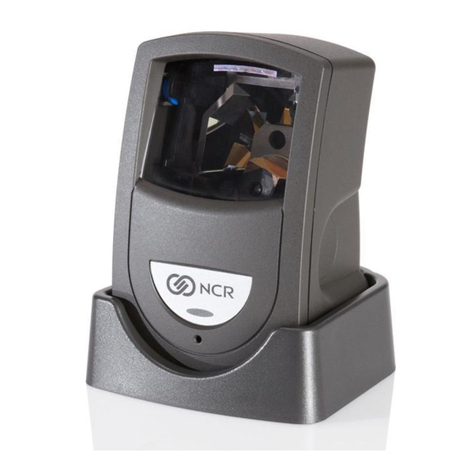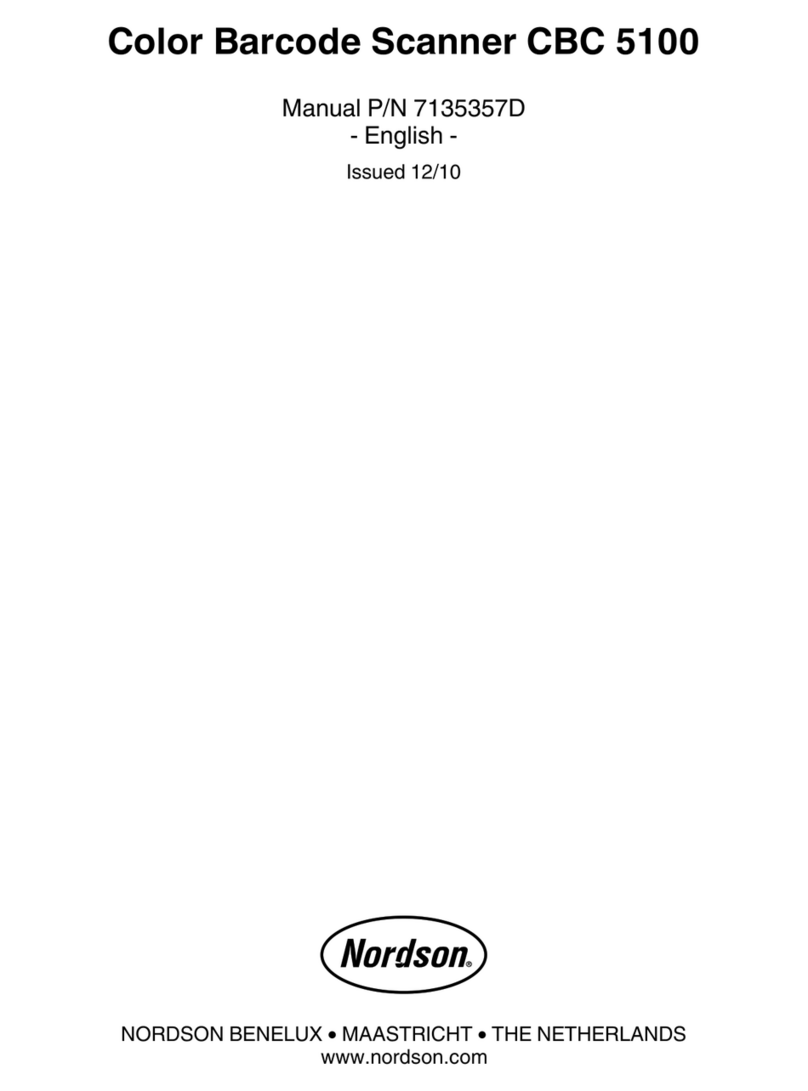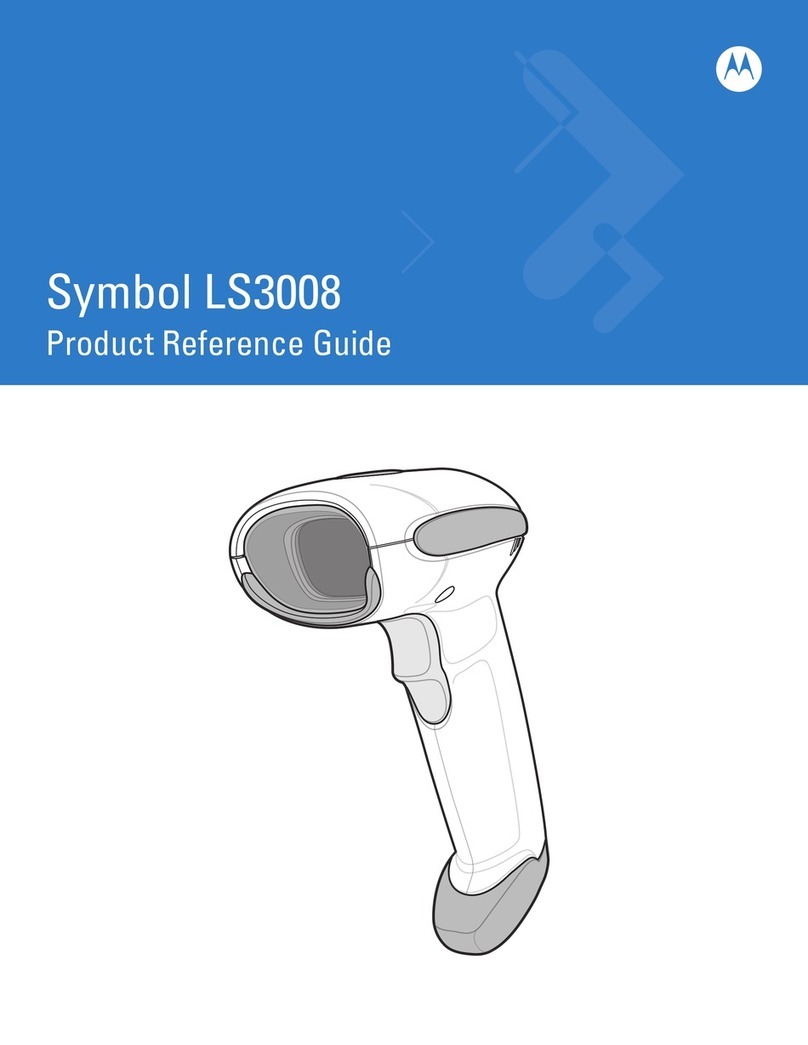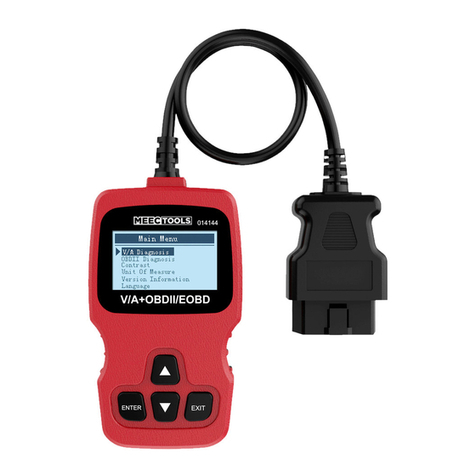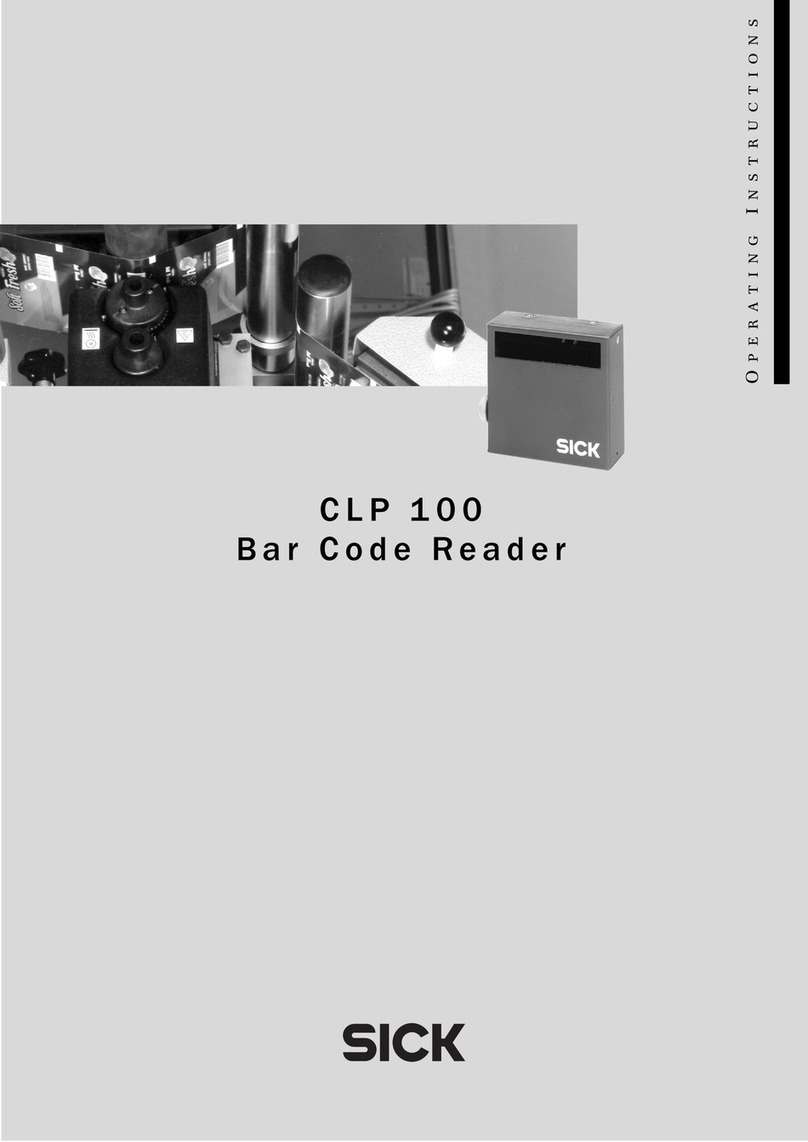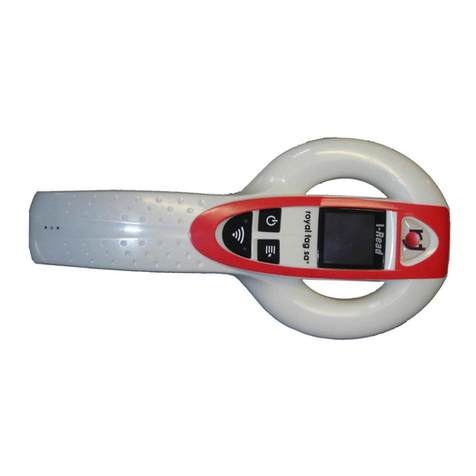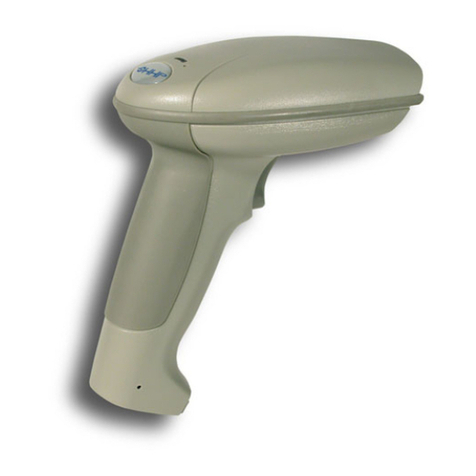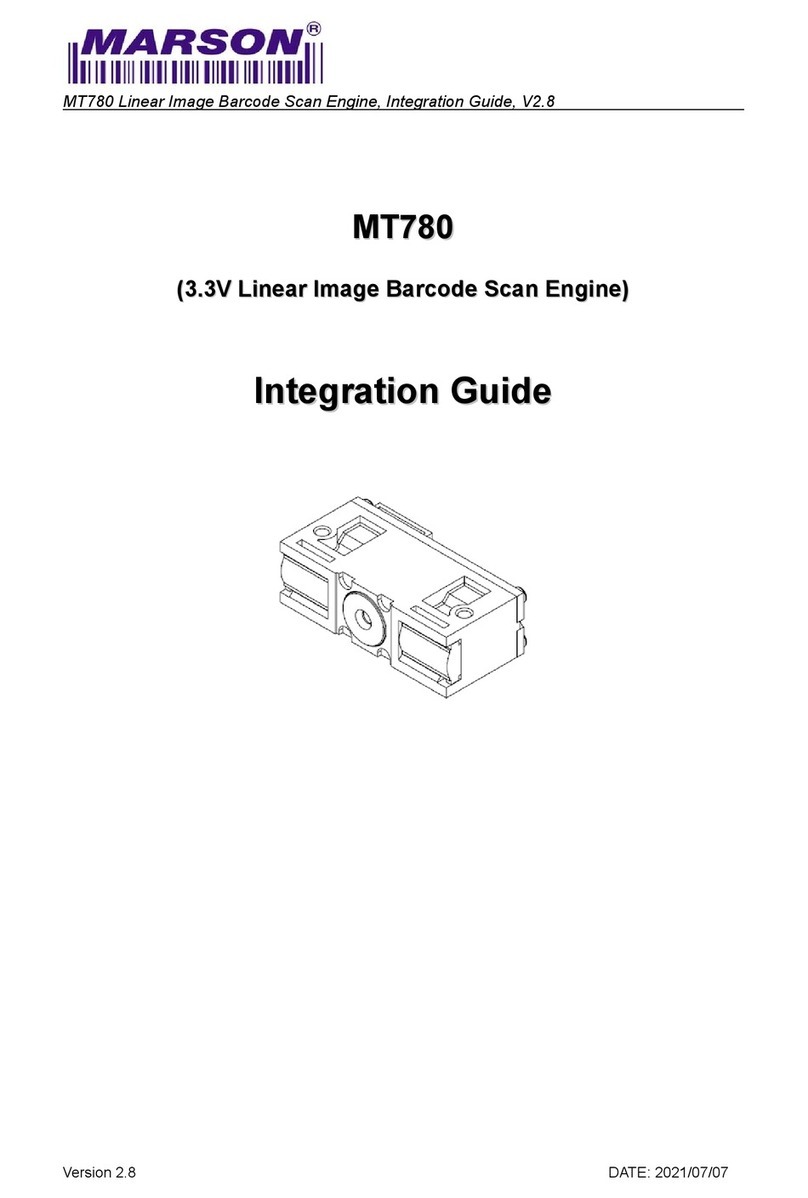AP16-F User Manual V1.2
Page 3of 20
1. Introduction
You must inform yourself regarding the safe operation of electrical appliances in general and regarding the
characteristics and functions of the AP16-F in particular, before you operate the device. It is necessary to read
and follow the safety and operating instructions in this manual. In case the operator will be a third party, the
latter should be made acquainted with the content of this manual before operating the device as well.
2. Proper usage
The machine is designed to apply one or two self-adhesive labels at once to cylindric objects of different
diameter and length. The label application surface must be smooth. In case of applying front and back labels
simultaneously, the distances between the labels on the liner must be constant. Make sure you load the media
acc ording to this manual and calibrate the device for each different label type and size. You can then place
the target product underneath the pressure arm onto the product rollers. Make sure that the product will not
interfere with the applicator body when rotating, and that no part of the product will cause eccentric rotation.
Once you push the start-button or activate the foot pedal, the device will peel off the label(s) and apply them
to the rotating product. After the label has been fully applied, the AP16-F will stop rotating. You can then
remove the product and repeat the procedure. Any other use than the one described here is considered
improper and may generate significant risk of accident as well as void the warranty. The manufacturer accepts
no responsibility for faults, harm or damages caused by such improper usage.
3. Safety
3.1 Applied harmonized standards and the safe use of electrical
appliances
• AP16-F are class I electrical devices in terms of the necessary protection against electric shock in
accordance with harmonized standard EN 61140, ed. 2 and hence also meet generally acknowledged
standards such as, but non only CE, meaning that all non-live conductive parts are mutually conductively
connected and are further connected to the protective earth conductor of the device’s power supply.
Other harmonized standards that have been applied, are EN 60439-3, applicable to low-voltage switch
gear and EN ISO 12100 regarding the safety of machinery.
• Connection to the power network supply must be made in compliance with the requirements
specified in regulations and technical standards valid and applicable in the country of operation.
• Any work on the device may only be performed by persons who are duly qualified according to the
legislative code of the country where the device is installed and who, in addition, has been acquainted to
the necessary extent with the device.
•The keeper of the device is obliged to secure the performance of inspections of the electrical device in
accordance with the legislation regarding such inspections applicable in the country of operation.
•Disconnect from the main power source before removing stuck labels, cleaning or any other
maintenance.
• Do not use the appliance in humid conditions.
